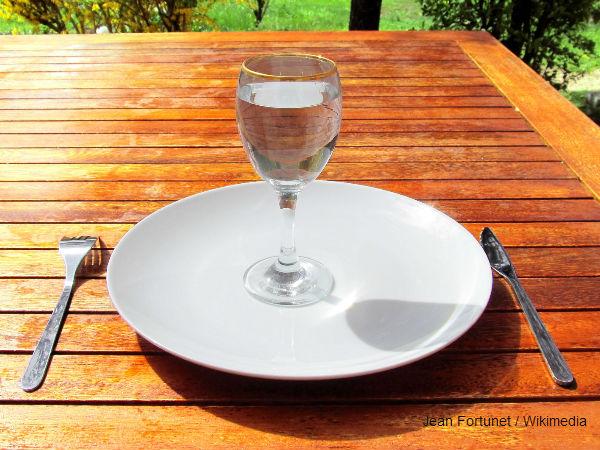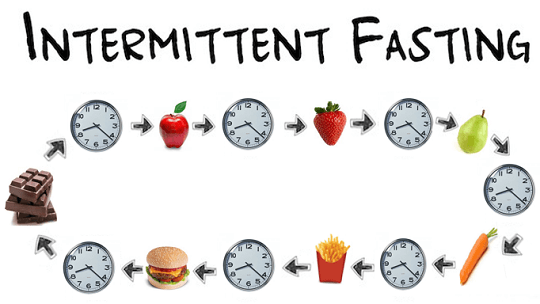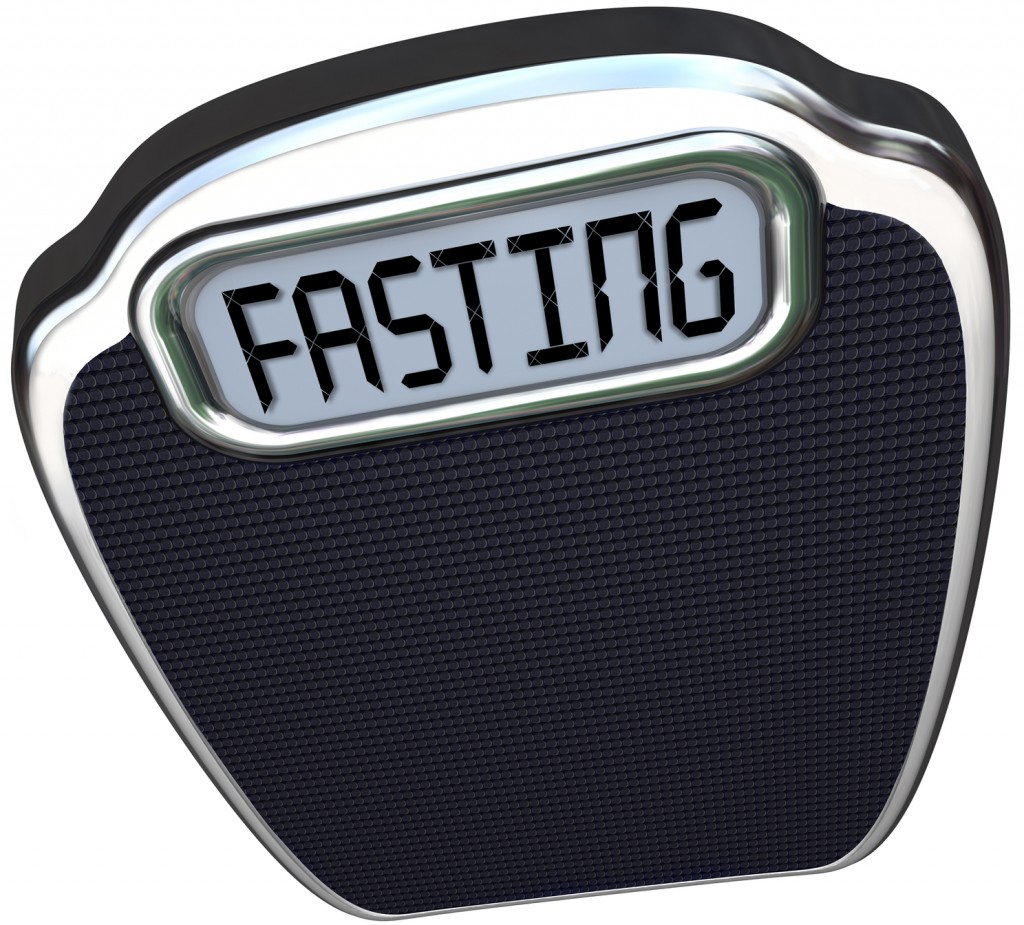One way to begin to see how vastly indulgent we usually are is to fast. It is a long day that is not broken by the usual three meals. One finds out what an astonishing amount of time is spent in the planning, purchasing, preparing, eating, and cleaning up of meals. ~ Elisabeth Elliot
It’s that time of the year when we all set out to begin a New Year resolution. And the trend in some nations is ushering the year with a spiritual fast.
If you are on a spiritual fast or just wondering how to lose those extra pounds gained in 2015, take advantage of intermittent fasting.
“When a person has had too much to eat, fasting is the smartest thing he could do.” – Mark Sisson
Intermittent fasting is not a diet, it’s a pattern of eating. It’s a way of scheduling your meals so that you get the most out of them. Intermittent fasting doesn’t change what you eat, it changes when you eat. Intermittent fasting is one of the simplest ways we have for taking bad weight off while keeping good weight on because it requires very little behaviour change. This is a very good thing because it means intermittent fasting falls into the category of “simple enough that you’ll actually do it, but meaningful enough that it will actually make a difference.”
To understand how intermittent fasting leads to fat loss we first need to understand the difference between the fed state and the fasted state.
Your body is in the fed state when it is digesting and absorbing food. Typically, the fed state starts when you begin eating and lasts for three to five hours as your body digests and absorbs the food you just ate. When you are in the fed state, it’s very hard for your body to burn fat because your insulin levels are high. After that timespan, your body goes into what is known as the post–absorptive state, which is just a fancy way of saying that your body isn’t processing a meal. The post–absorptive state lasts until 8 to 12 hours after your last meal, which is when you enter the fasted state. It is much easier for you body to burn fat in the fasted state because your insulin levels are low.
When you’re in the fasted state your body can burn fat that has been inaccessible during the fed state, because we don’t enter the fasted state until 12 hours after our last meal, it’s rare that our bodies are in this fat burning state. This is one of the reasons why many people who start intermittent fasting will lose fat without changing what they eat, how much they eat, or how often they exercise. Fasting puts your body in a fat burning state that you rarely make it to during a normal eating schedule.
Fasting decreases caloric intake. In order to lose weight, you need a caloric deficit.
There are several forms of intermittent fasting, but I will only be discussing the three methods I have tried personally.
- 24 hour fasts, one to two times per week: You go 24 hours without food. That means if your last meal was at 5pm today, then you wouldn’t eat until 5pm tomorrow. However, you can, and should, drink plenty of calorie-free beverages.( water , black coffee, herbal tea)
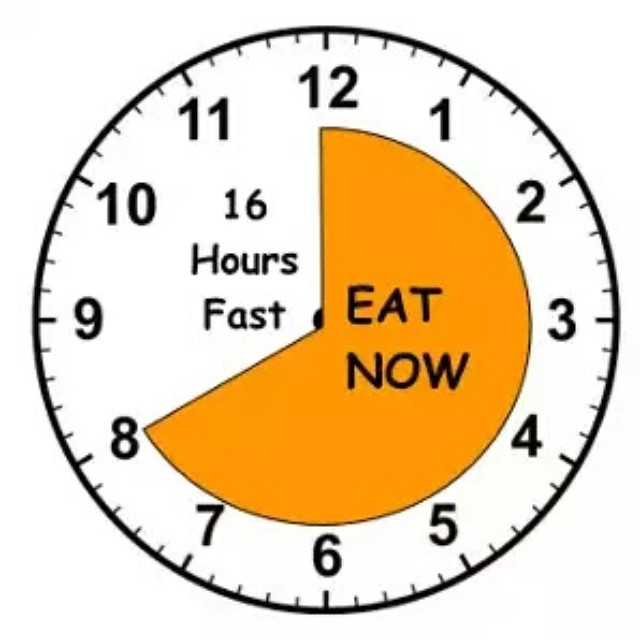
- Daily 14-16 hour fasts: Men fast for 16 hours each day and women for 14 hours if your last meal is at 6pm tonight, you wouldn’t eat again until 8am (women) or 10am (men) tomorrow, as with the previously discussed method of intermittent fasting, you don’t consume any food or caloric beverages during the fasting period. Water, sugar free gum, and other non-caloric beverages are okay.
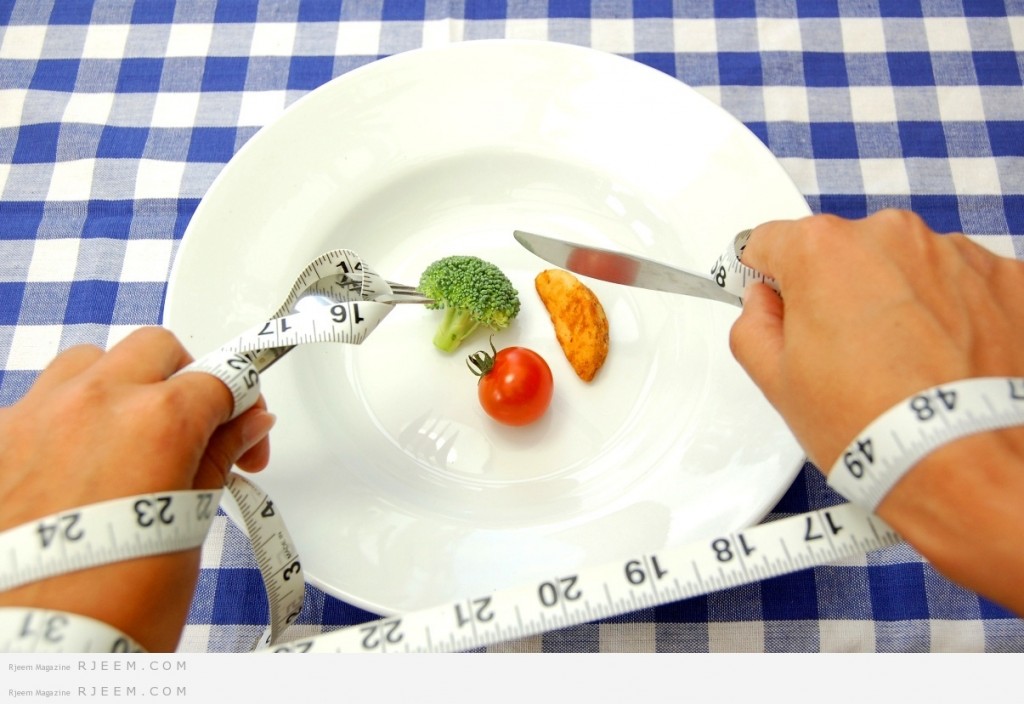
- Daily partial fasts for 20 hours with one big meal: This style of intermittent fasting is known as The Warrior Diet and was created by Ori Hofmekler. Basically you perform a 20-ish hour partial fast every day, and then have one large meal at night. During the fasting part of the day, you can consume a few servings of raw fruits and vegetables, fresh fruit/veggie juices, and a few servings of protein (protein shake, some nuts, boiled eggs, etc) if desired. These are kept quite small. You eat your main meal at night. Ori has guidelines for what to eat, and in what order to eat certain foods (veggies first, then meat, etc).
If you think one of the method of intermittent fasting could greatly simplify your nutrition, then maybe you should give it a try.
Fasting in this way can be flexible and most people can adapt a fasting programme to suit them and their lives. I have started this intermittent fasting, it’s working well, i have more energy, I’ve lost weight (and can be used as a way to maintain weight loss) and it has changed the way i feel about food.
I think it all comes down to some personal experimentation. You may prefer one method over the other, or you may prefer to use each method at different times just for the sake of variety and to change things up. And, please, don’t think you have to “convert” to intermittent fasting just because it’s trending. Intermittent fasting works, no doubt about it, but I still suggest you do whatever works for you and your lifestyle.
Happy New Year All
For additional information on this and other questions about starting a lifestyle change program, Contact Michelle Bello on Twitter:@gracious_mi, IG:GRACIOUSMI_LIFESTLE and like My Facebook ( Michelle Bello) page GraciousMi Lifestyle

